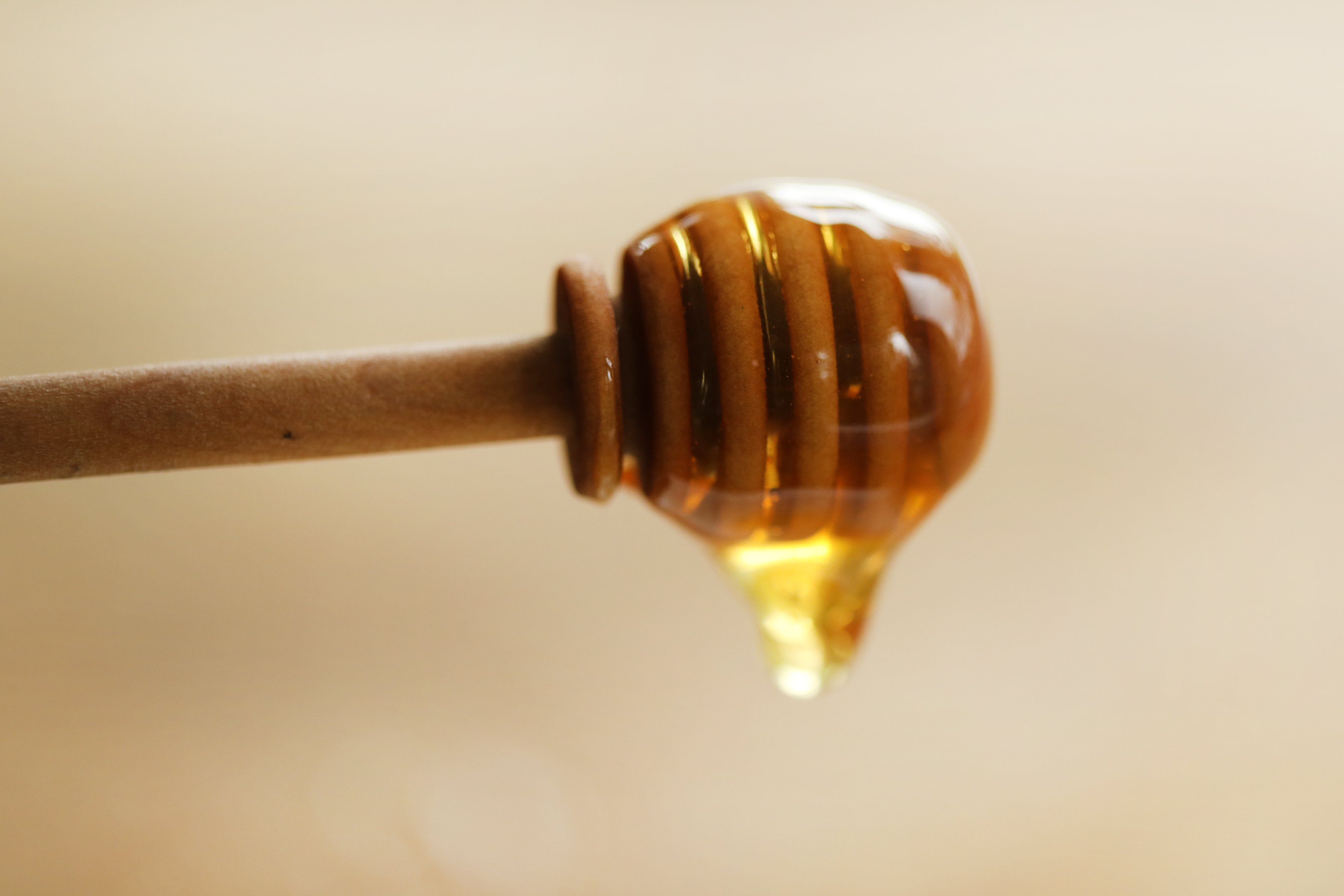My family loves fruity vinegars. We use them multiple times a week in vinaigrettes, marinades, barbecue sauces, sipping vinegars, and shrub cocktails.
Every summer and fall, when we have a cornucopia of fresh fruit available here in the Willamette Valley of Oregon, I extract a variety of fruit flavors into vinegars, which we use well into winter and the following spring—raspberries and pears from our garden, strawberries and blueberries from a neighboring organic farm, blackberries from a super-secret patch of briars in the mountains—the pickings are endless! One of our favorite fruity vinegars is elderberry. In addition to being remarkably good for us, elderberries turn regular teas, syrups, and vinegars into an indulgence!
Making elderberry vinegar is really easy and provides us with remarkably long-term rewards, both in our culinary and apothecary creations (taking your homemade oxymels to the next level, for example). And, fortuitously, dried elderberries work extraordinarily well in vinegars, so if I’m crunched for time during elderberry harvest season—as I often am, since it’s a peak time in canning season—I have the option to simply dry elderberries at harvest and make vinegar later, without losing anything in flavor or healthful benefits!

Heated vs. Non-Heated Extraction
This simple, old-school elderberry vinegar recipe uses an initial “simmered” method of extraction, which I’ve found to be very effective at softening the dried elderberries and extracting all their glorious flavor. To learn more about the basics of making botanical-infused vinegars, including other heated and non-heated options, take a look at our How to Make Herbal Vinegar blog.
Which Vinegar is Best to Extract Elderberries?
Some vinegar purists insist that an unpasteurized apple cider vinegar is always the way to go for the added healthful benefits. I've seen other recipes use red wine vinegar with elderberries, and I imagine the flavors would be quite complementary. Personally, though, I really love the flavor of elderberry, so I like making this vinegar with a white wine vinegar or champagne vinegar that doesn’t add too much of its own taste profile and allows the elderberry flavor to shine.
Just remember, no matter what vinegar you choose, the quality of the vinegar you begin with will determine the quality of your end product. Some vinegars are better than others, and this is the time to invest in one that best serves your berries.
Should I Add Sweetener to My Vinegar?
Sweetener is not a necessity when making your own vinegar, but it has its upsides. Sugars feed the active cultures in vinegar, giving energy to the initial ferment. As a result, your vinegar acidifies faster, and the organisms that create spoilage are more likely to be thwarted. When I make vinegars from fresh summer fruit with a lot of natural sugar, like raspberries, pears, or apples, I don’t add sweetener. But for dried elderberries or tart fruits like cranberries and rhubarb, I find that a little sweetener does wonders to get the ferment up to speed.
How much and what sweetener you use depends on your taste. I always use raw, local honey, but because it has so many natural antimicrobial properties, it can slow down the rate of fermentation. Feel free to use sugar instead if you prefer. Some people even use molasses.
The original recipe uses two tablespoons of honey, which is perfect for me, but I tend to like a more tart elderberry vinegar for vinaigrettes, sauces, and marinades so that I can adjust the sweetness for specific recipes. My husband, on the other hand, likes to keep a somewhat sweeter elderberry vinegar around for sipping and mixing in cocktails, so he will often double or even triple the amount of honey for this purpose.
I suggest experimenting with quarter-size batches to determine what you like best!
Elderberry Vinegar Recipe
Makes 1 to 1 1/2 cups vinegar.
Ingredients
- 1 1/8 cups organic dried elderberries
- 2 Tbsp. raw, local honey (or more, for sipping and cocktail mixing)
- 2 cups organic vinegar of choice (apple cider vinegar, white wine, red wine, balsmic, etc.)
Directions
- Combine all ingredients in a heavy-bottomed, non-reactive pot over low heat.
- Bring to a simmer, stirring occasionally.
- Simmer for 10 minutes, stirring occasionally to prevent fruit from sticking and burning.
- Remove from heat. When cool enough to handle, pour into a glass jar and screw on a lid (if using a metal lid, line with parchment or wax paper to prevent corrosion).
- Store in a cool, dark place for three weeks.
- Strain vinegar through a fine mesh strainer lined with a coffee filter or cheesecloth.
- Using a wooden spoon, press on berries in strainer to extract as much juice as possible.
- Pour into bottles to store.
Pro Tips
- This vinegar can be made with fresh elderberries instead of dried—just double the quantity of berries, and use a fork to lightly mash them before you put them in the pot to simmer with the other ingredients.
- For gift giving, pour strained vinegar into pretty bottles and drop in a few whole berries for garnish.
- In perfectly cool, dark conditions, elderberry vinegar can keep several months and up to a year. However, you need to be vigilant about watching for any signs of spoilage. We keep homemade, well-labeled vinegars in our basement “beer fridge” to ensure they stay good until the last drop.
Want More Elder Inspiration?
Try These Homemade Elder Flower Simple Syrup Cocktail Recipes!
You might also enjoy:
- How to Make Elderberry Syrup for Immune Health
- Herb-Infused Summer Cocktails and Mocktails
- How to Make Herbal Vinegar
*These statements have not been evaluated by the Food and Drug Administration. These products are not intended to diagnose, treat, cure, or prevent any disease. We recommend that you consult with a qualified healthcare practitioner before using herbal products, particularly for children or those who are pregnant, nursing, or on any medications. For educational purposes only.













